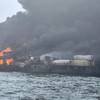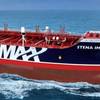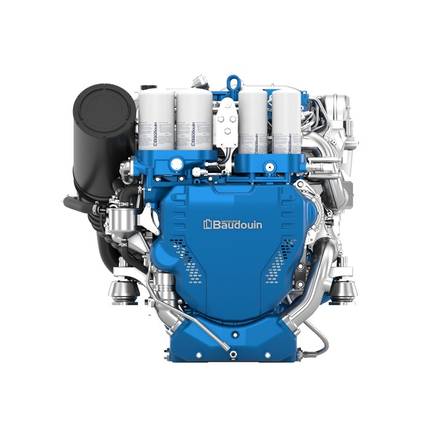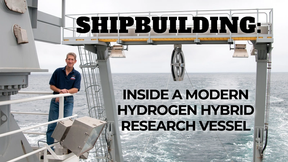Shipments of iron ore on the Great Lakes totaled 5.9 million tons in November, an increase of 5.8 percent compared to a year ago. That increase finally pushed the year-to-date total ahead of 2013’s pace. Through November, shipments stand at 53,249,990 tons, an increase of 86,721 tons.
While the increase is minute, the achievement is huge. The winter of 2013/2014 was the most brutal in decades. The U.S. Coast Guard started breaking ice on December 6, the earliest on record. Iron ore shipments slipped 20 percent in December and then plunged 37 percent in January. A few cargos moved in February, but one voyage that should have taken 50 hours stretched 10 days.
Ice conditions worsened in March, and when the first convoy left Duluth/Superior at the western end of Lake Superior, one vessel had to return to port to repair ice damage. For the other two vessels, what should have been a 62-hour voyage to Gary, Indiana, proved to be an 11-day endurance contest. Although some iron ore was able to move out of Escanaba, Michigan, the trade’s March total was 43 percent behind a year ago.
There was little relief in April. The U.S. and Canadian Coast Guards had to convoy vessels across Lake Superior until May 2. It wasn’t until April 13 that a vessel was able to enter Marquette Harbor and load ore. As April came to an end, the Lakes iron ore trade totaled just 6.2 million tons, a decrease of 43 percent compared to the same point in 2013. Even at the end of June, iron ore cargos were still down by 17 percent. Between May and September, three U.S.-flag lakers that had not been scheduled to operate this season were activated to help narrow the gap in iron ore and other cargos.
Although ice has formed on Lake Superior and elsewhere two weeks earlier than last year, shipping has yet to be significantly impacted. Once vessels need assistance, the U.S. and Canadian Coast Guards will initiate icebreaking. Operation Taconite supports the movement of iron ore to steelmakers and western coal to utilities. Operation Coal Shovel keeps coal moving from Lower Lakes ports.













